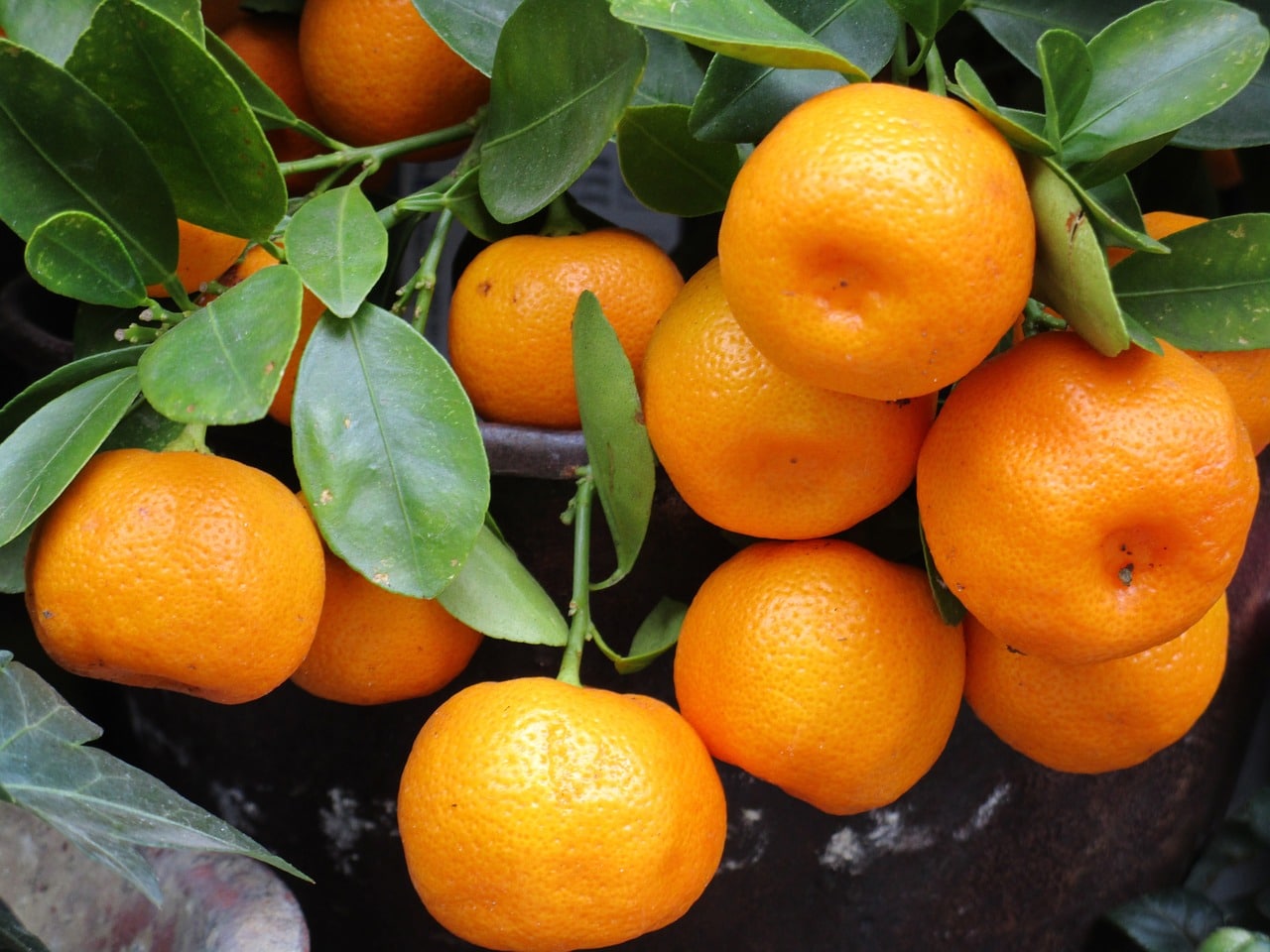Recently, an article entitled “Cas9-NG greatly expands the targeting scope of genome-editing toolkit by recognizing NG and other atypical PAMs in rice” was published in the Molecular Plant (IF = 9.326) by Prof. Zhou Huanbin’s research group from the Institute of Plant Protection of the Chinese Academy of Agricultural Sciences (IPP-CAAS). The article was about the optimization and expansion of the PAM recognition sequence of rice genome editing technology.
CRISPR/Cas9 system derived from the microbial adaptable immune systems in Streptococcus pyogenes has been successfully and widely applied in rice genome editing, showing a large potential to advance rice functional genomics research and crop breeding. However, the requirement of the protospacer adjacent motif (PAM) NGG for Cas9 recognition restricts the targetable genomic loci in applications. Especially for the base editing, it is difficult to obtain the suitable PAM for the designated target base.
To address this problem, two engineered Cas9 variants, Cas9-NG and xCas9, were adopted to optimize and extend the genome targeting scope of CRISPR-Cas9 technology. The results showed that Cas9-NG, outperforming xCas9, efficiently induced mutations of target genes at the relaxed NG PAM and the diverse set of atypical PAMs (NAC, NTG, NTT and NCG). Moreover, efficient rice genome-editing toolkits were constructed for single and multiplex genes knockout, base editing (conversion between C•G and T•A) and transcriptional activation by using Cas9-NG, respectively. To some extent, the successful application of Cas9-NG in rice genome editing overcame the restriction of PAM recognition, and made the editable locus in rice genome increase eight times. The targeted sites previously resistant to Cas9 can be modified through Cas9-NG now, and the targeting scope of genome editing tools was greatly expanded. All of this would be of great value in deciphering rice functional genomics, speeding up the molecular rice breeding program, and extending the commercial life of the current rice cultivars.
This work was accomplished through close collaboration among the research groups of Profs. Zhou Huanbin and Zhou Xueping from IPP-CAAS, and Prof. Lin Honghui from College of Life Sciences of Sichuan University, and supported by grants from the National Natural Science Foundation of China (31871948), the National Key Research and Development Program of China (2017YFD0200900) and the Agricultural Science and Technology Innovation Program of the Chinese Academy of Agricultural Sciences.













